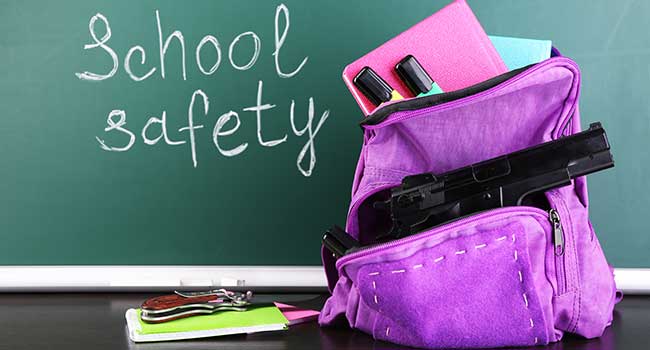
Idaho Police, District Discuss Changes to School Safety Since Columbine
School safety procedures and emergency response tactics have changed in the 20 years since the Columbine High School Massacre.
- By Jessica Davis
- May 02, 2019
Twin Falls Police Capt. Matthew Hicks and Twin Falls School District Director of Operations Ryan Bowman discussed with KMVT the changes law enforcement has made to school security and emergency response procedures since the Columbine High School Massacre 20 years ago.
"Our tactics and our approach to those events have completely changed in the last 20 years,” Hicks stated.
Prior to the Columbine school shooting in 1999, the procedure for law enforcement responding to an active shooter incident was to surround the area, wait for additional resources and attempt to evacuate people from the area. Now, Hicks said, they have to move more quickly.
"We simply don't have time to do that anymore,” Hicks said. “Our officers are trained in very, very small groups, even down to a single officer, to enter those locations, and to try to deal with that threat as soon as possible. And the philosophy is to stop the killing first, and then to stop the dying.”
Bowman explains that both the district and law enforcement prepare for the worst-case scenario.
"Every school does active shooter drills, so that we make sure that we know what we need to do, in a situation, if there was an emergency such as an active shooter situation, or an evacuation for that matter,” Bowman said.
Local law enforcement works closely with the district to secure schools and provide safety for students and staff.
"We have six SROs that serve within our schools, and are in constant contact with them. There’s also a sergeant with the police department who oversees the SROs and works closely with myself,” Bowman said.
The priority is protecting students and staff, and officers work to learn from incidents and stay abreast of new tactics and procedures.
"We always look at the after action reports and investigations from those instances, and we try to figure out what lessons can be learned, and we're dedicated to making sure that we stay on top of the latest tactics and practices, and passing that on to our community,” Hicks said.
About the Author
Jessica Davis is the Associate Content Editor for 1105 Media.